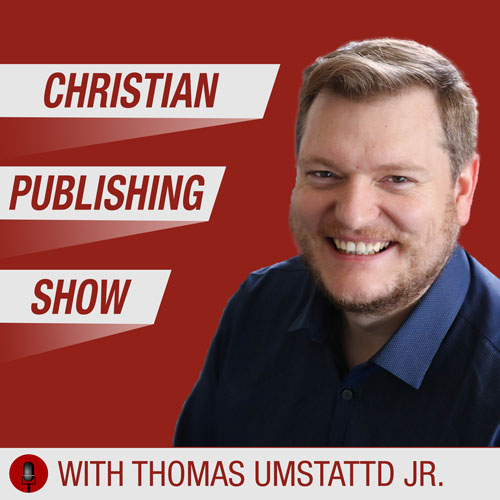Did you notice that today can be rendered as 11202020? Just thought I’d mention it. Has nothing to do with today’s video–unless you want it to!
Aaron Yoder has been the world’s fastest backwards runner. He can run the mile in under six minutes, backwards. How many of you can do that running forward? (No, not back when you were a slim athlete, but today.)
All sorts of metaphors for the writing life and the spiritual life crop up when you think about this new perspective. Reminds me of Bryan Chapell’s great book, Praying Backwards (Baker, 2005).
If this spurs your creativity, share your thoughts in the comments.
[If you cannot see the embedded video in your newsletter email, please click the headline and go directly to our site to view it.]










